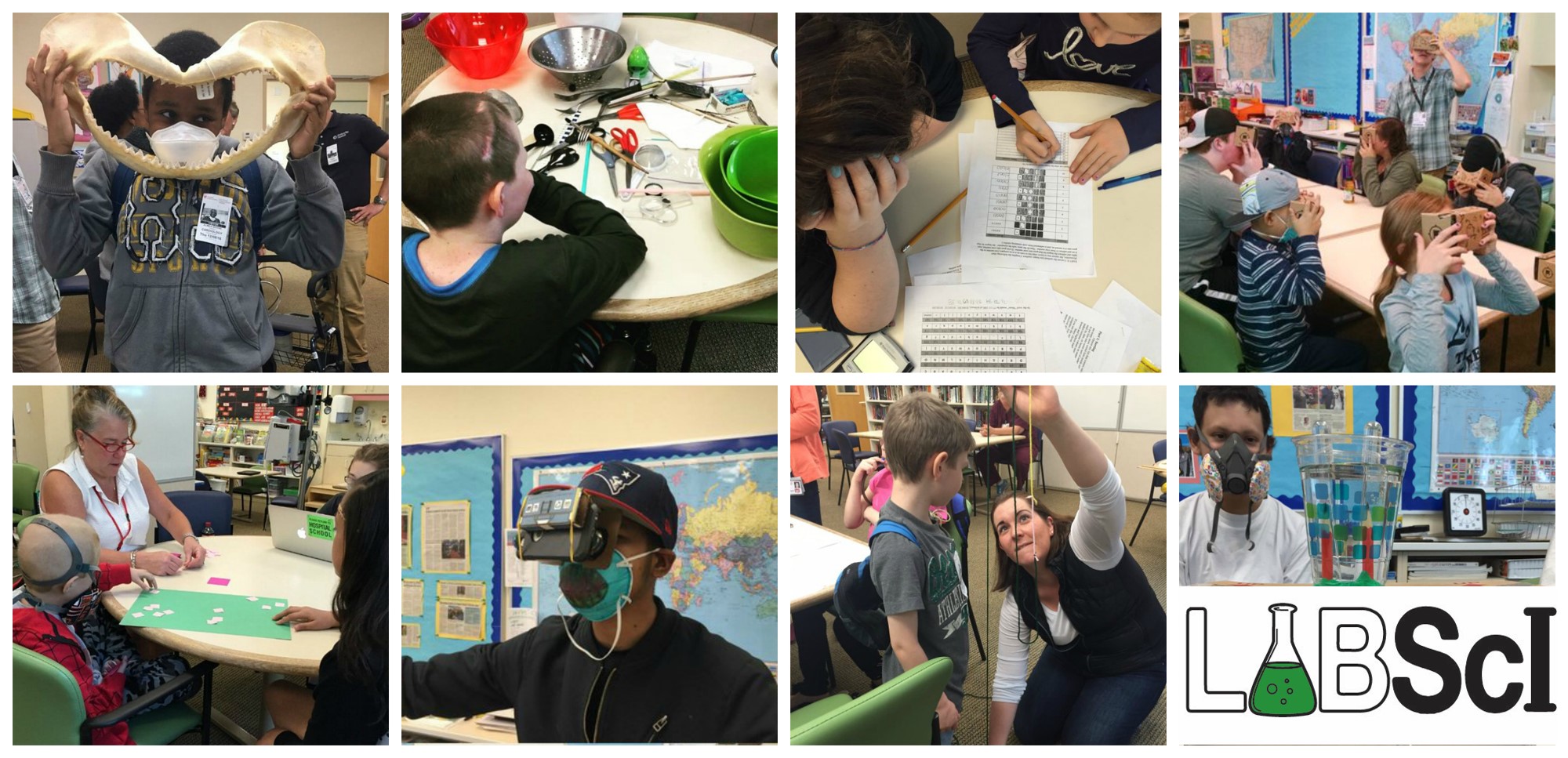In this lab you will separate a mixture of unknown composition using several common household items. You will then perform a more specific separation, thin layer chromatography, in which you separate the dyes in Skittles and M&M’s, and the differing colors used in making black ink.
Check out our lab preview video!
Download the labs!
Student Version
Student Advanced Version
Teacher Version
Recommended Prerequisites:
- There are no math prerequisites for this lab. The basic version progresses through the separations puzzle more slowly and with more teacher guidance.
Key Concepts:
- In chemistry and engineering, a separation refers to a process in which components of a mixture are separated from one another.
- A basis of separation is a property which differs among the components of a mixture that we take advantage of in order to separate those components.
- Chromatography is a general type of separation method in which a mixture of compounds passes through a stationary phase. Different compounds have different relative affinities for the mixture traveling along the stationary phase, or the mobile phase, and the stationary phase, causing these compounds to separate from one another.
- Thin layer chromatography (TLC) is a chromatography technique that separates components of liquid mixtures based on the polarity of the individual components.
- Polarity refers to the separation of charge in a molecule – in other words, how unequally the electrons in a molecule are shared among the different atoms.
- Capillary action occurs when liquids are able to move uphill against the force of gravity due to interactions between the stationary and mobile phases.
Materials:
Part 1: The more of these items you can have for each group, the better, though it is fine to have groups working at different tables share some of the larger items.
- Ping pong or golf balls (at least three per group of 3-4 students)
- Tongs
- Red beans (preferably 1 cup per group); a few pinto beans optional
- Colander (with holes large enough to let grape nuts through but not beans)
- Tweezers
- Salt (1 tsp. per group)
- Fine strainer
- Steel scrub brush
- Scissors
- Magnet (any old classroom magnet should do the trick)
- Napkins or paper towels
- Grape nuts cereal (3 tbsp. per group)
- Flat toothpicks (at least four per group)
- Water in a cup or bottle (at least 20 oz. per group) and access to a water source
- Spoon
- Three large bowls
Part 2: For every group of 2-4 students, you will need the following:
- M&M’s and Skittles
- Coffee filter paper
- Water
- Rubbing Alcohol
- Pencil
- Scissors
- Ruler
- Toothpicks
- Aluminum foil
- 2 clear drinking glass
- Three (or more) different black markers (ie: Sharpie, Expo, Crayola, Vis-à-vis)
Optional Materials for Part 1:
- The more of these items you can find scattered around your room, the better. Strictly speaking, students shouldn’t need to use these, but they will serve as “decoys” and force the students to identify the best tools for the separation they’re attempting.
- Magnifying glass
- Tape
- Toothbrush and/or paint brush
- Ruler
- Fork
- Coffee filters
- Ziploc bag
- Cotton balls
- Anything else you may have lying around the classroom that could conceivably be used as a tool for this separations puzzle
